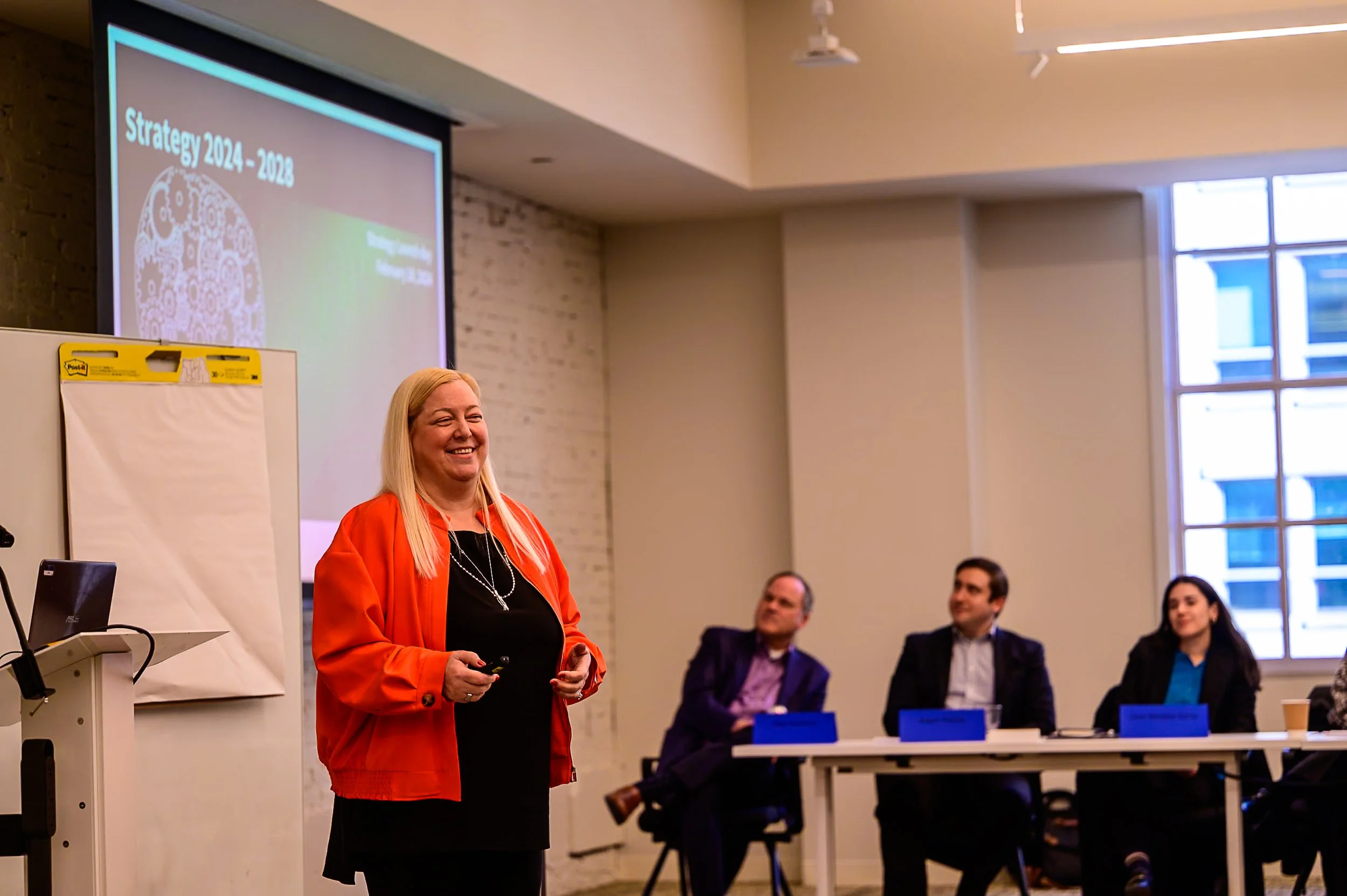
Quality and the Art of Weaving into Business Delivery
In consulting, the word quality prompts negative and positive reactions. I have seen everything from the trepidation of additional work in consultants to support company certifications to satisfied clients that continue partnerships across contracts and years because of exceptional quality.
When I hear the word quality, my first thought takes me back to a Theoretical Statistics course and what I thought was an initially obscure requirement to read Zen and the Art of Motorcycle Maintenance by Robert Pirsig. While the link between probability theory or hypothesis testing and the value of quality within the book strengthen over time (I’d be remiss to say I was not puzzled at times), what stuck with me most is the many forms quality can take, how people perceive it, and how others may evaluate quality.
As a Project Leader, I implement Arc Aspicio’s integrated quality approach on my consulting projects. This takes a dedicated effort but also helps exceed client expectations, drives business, and improves our employees’ experience. At Arc Aspicio, Project Leaders contribute to the quality experience in various ways. They:
Provide quality control regularly to enable high-quality delivery, rapid corrective action when needed, and incorporation of lessons learned into future work
Implement standardized processes derived from industry best practices according to our International Organization for Standardization (ISO) 9001:2015 Certification and Capability Maturity Model Integrated – Services (CMMI-SVC) Level 3 Certification
Communicate and engage with project team members and employees across the company to support professional development and personal growth
Identify current and future mission needs and provide input on the company strategic direction to drive strategic and business initiatives within the company
Quality plays a vital role in everyday business operations. Rigorous quality controls deliver solutions and products for our clients, a strategic approach to quality fosters innovative ideas that spur company success, and a quality experience and environment helps develops meaningful employee connections that increase performance.
Companies and project teams must use a nuanced approach to implement and assess quality across business functions. The art of integrating standard quality practices and tailored approaches help limit negative reactions and increase relevancy to projects and team members, driving client delivery, employee engagement, and a company culture where quality is integrated throughout.





















